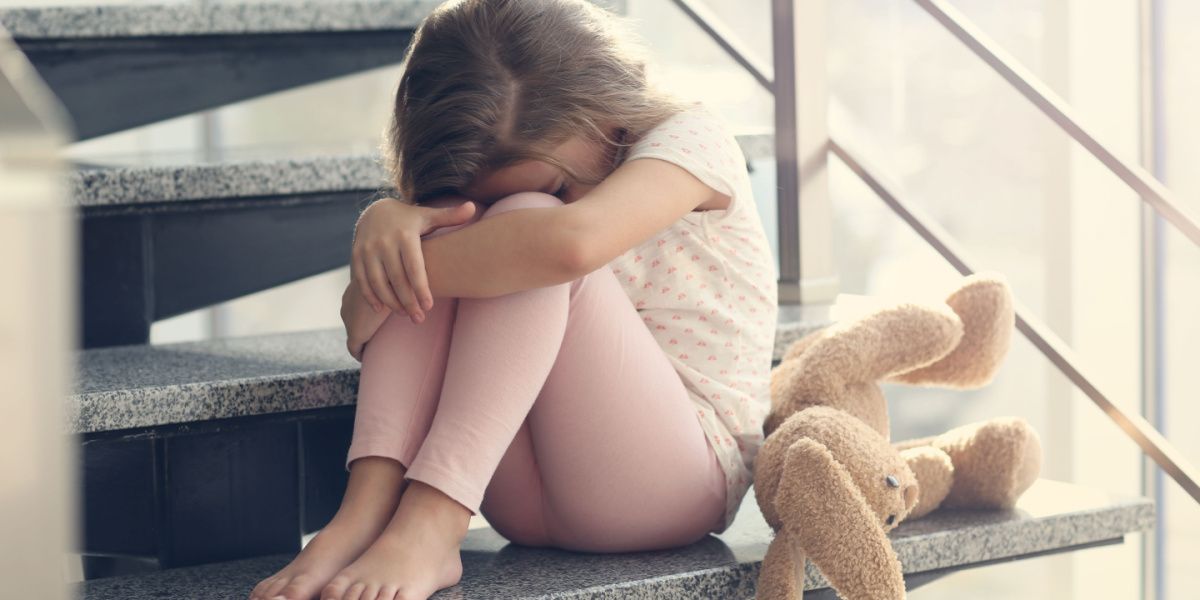Over 48 million Americans struggled with an addiction to alcohol or drugs (collectively known as substance use disorder or SUD) in 2023, but many more suffered as a result of someone else’s addiction. It is estimated that 1 in 3 Americans has been harmed as a result of someone else's alcohol use disorder, and more than 10% by someone else’s drug use disorder.[1][2]
To put that into context, that’s 113 million people across the country being harmed by other people’s alcohol use and 46 million taking collateral damage from others’ drug use.
The ripple effects of substance use disorders vary widely, including physical, emotional, social, and financial harms.
Here’s everything you need to know about how the effects of substance use and substance use disorders can impact others.

Key statistics on Americans affected by substance use
One 2020 study looked into the lifetime prevalence of harm caused by another's substance use. It is important to note that the study does not distinguish between substance use disorder and casual substance use when presenting lifetime prevalence. People with substance use disorders are suffering from a mental health condition, while casual substance users may not have an underlying disorder.
The study measured the lifetime prevalence of harmful incidents such as traffic accidents, vandalism, physical harm, financial issues, and family or marriage problems. [2] Results showed that out of 7,799 respondents:
- 34% of people (2,651) had been harmed in some way by another person’s alcohol use
- 14% had been harmed by someone else’s drug use - nearly 1,100 people
- Women were 1.6 times more likely than men to be the victims of harm due to someone else’s alcohol or drug use
- White respondents were more likely to be harmed by someone else’s alcohol or opioid use than individuals from other races were
- Black respondents were 1.4 times more likely than people of other races to experience harm from someone else’s cannabis use
- Almost 1 in 3 people who were harmed by someone else’s alcohol use were also harmed by someone’s drug use
Emotional and psychological impact of a family member's addiction
The total number of people experiencing secondhand harm from someone else’s SUD may be even greater than the above statistics imply if we take into account the full range of ways in which people can be harmed when their loved ones struggle with addiction. The emotional and psychological impact can be severe, especially on children and intimate partners.[3]
The presence of a SUD sufferer can create an anxious and unsettled home life, though they may not intend to do so. Children in particular can find this situation extremely difficult, often becoming distressed by the lack of consistency, and report feeling ‘on edge’. This can develop into hypervigilance and hyperactivity. This is one of the reasons that living with someone with SUD is considered an Adverse Childhood Event in itself.[6]
Children need parents who are responsive to their needs to form secure attachments. This can be challenging for parents with SUD, as addiction may cause them to prioritize their own needs above those of their children, leading to emotional instability.[7] Children of people with SUD are also more likely to experience parentification, where they take on a caregiving role for one or both of their parents rather than the reverse. This parentification can lead to long-term disruption in relationships, including difficulty setting healthy boundaries.[7]
Individuals with SUD can experience a constant fear of discovery in families where substance use is hidden or considered shameful.[9] The need for secrecy can make it difficult to reach out for help and support, further exacerbating the challenges. This may also extend to other parts of their lives, such as sharing feelings with friends or partners, which can impact platonic and romantic relationships.
Financial and social cost of addiction in families
The ripple effects of substance abuse also include financial and social costs for family members. Adults with SUD are significantly more likely to be unemployed than the general population, with around 31% of those in treatment for SUD being employed.[11] People with SUD typically engage in short-term, low-paid, unskilled work and have a high turnover of jobs.[12] These issues come with a financial cost for their families.
More severe financial issues can be found in families with a family member who has been incarcerated as a result of their substance use or addiction.[3] In addition to potentially limiting earnings, SUD brings additional costs to a family. Money set aside for household expenses might be spent on drugs or alcohol.[3] This can leave families more vulnerable to predatory payday loans and a cycle of debt.[13]
From a social perspective, families may experience stigmatization and isolation as a result of a family member’s SUD.[3]
How schools, workplaces, and communities are affected
The harms from SUD aren’t restricted to the family. Schools, workplaces, and the wider community all have to adapt to deal with the challenges SUDs present.
Schools have to provide additional help and support for children whose parents have SUDs.[7] The chaotic home life these children experience can make it difficult for them to concentrate at school. They may fall asleep in class, not be able to pay attention, and fail to complete homework assignments. Teachers must be alert to these issues and offer additional support where possible.
Substance misuse carries huge costs for the national economy. Estimates suggest that the cost of SUDs is over $400 billion per year.[14] Additional costs to employers include:
- Low productivity
- Workplace accidents, including accidental overdose[15]
- Other workplace errors, which stand to cost companies money
- Employee absence
- High staff turnover
The state incurs additional costs associated with SUD, particularly around healthcare services and the criminal justice system.[16] Communities may experience higher levels of criminality, property damage, and other forms of anti-social behavior.
Resources for those affected by a family member's substance use
Helping a close friend or family member with SUD can be challenging, but there are steps you can take to protect both them and yourself.
One of the first steps is to understand that addiction is a disease and that genetic and environmental factors can make someone more likely to develop SUD. It is not a moral failing or lack of willpower. You are also not to blame for your family member developing an addiction.
This knowledge can guide you in talking to your loved one about their substance use. As with any other medical condition, it can be easier to treat if it is diagnosed early. If you notice signs of substance abuse in someone close to you, it is better to discuss it sooner rather than later.
Listening
Take the time to listen to your loved one and avoid lecturing them. Be aware that they might not be ready to accept that they have an SUD. Treatment for this disorder is highly dependent on the patient being fully engaged and motivated to change their behavior. Don’t try to pressure or force them into treatment. Instead, offer encouragement and support.
Relapse
You may want to prepare yourself for your loved one relapsing during their recovery. This is extremely common but can be difficult for friends and family to accept.
Support
If you’re struggling to cope with the consequences of someone else’s addiction, there are people you can turn to. Your primary care physician may have a list of local support groups and services. They may recommend a therapist to help you deal with what you’re going through.
You may also want to call the SAMHSA helpline at 1-800-662-4357 for advice on treatment referral routes.
Support groups
National support groups for families of those struggling with addiction can be a valuable resource, sharing information and experiences with people who understand the challenges you face. Al-Anon and Nar-Anon are aimed specifically at the families of people with alcohol and drug dependencies.
Final thoughts
Addiction and substance use disorders exact a huge toll, both on the people who struggle with them and those who care about them. Reducing the harmful effects of drugs and alcohol has to include protecting and supporting those who are harmed by someone else’s substance use disorder.




